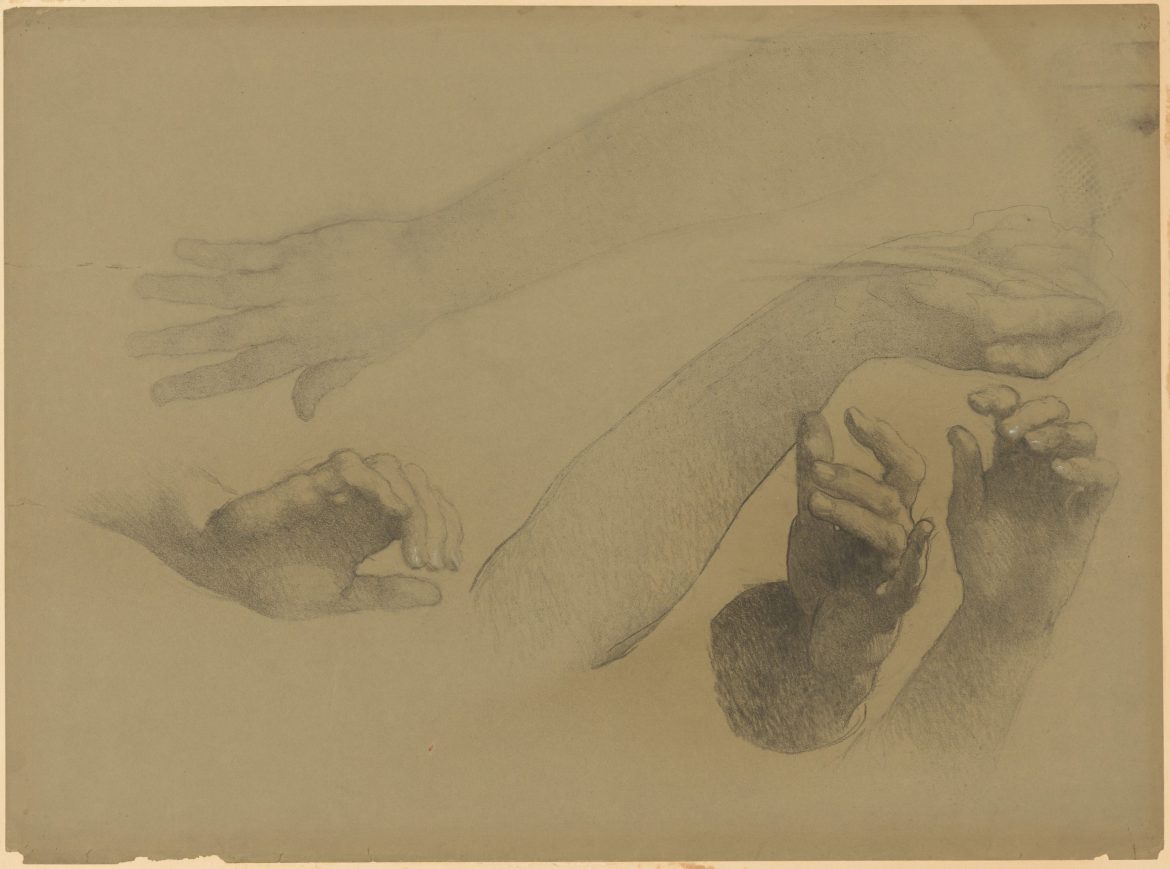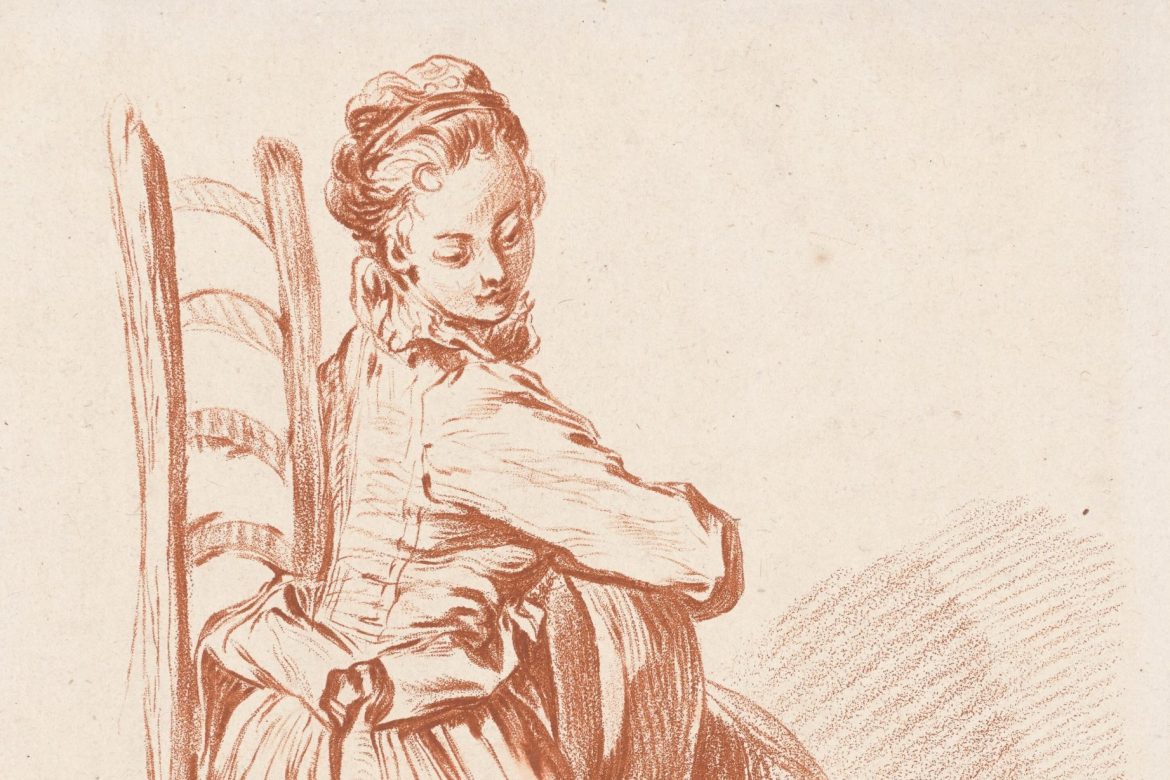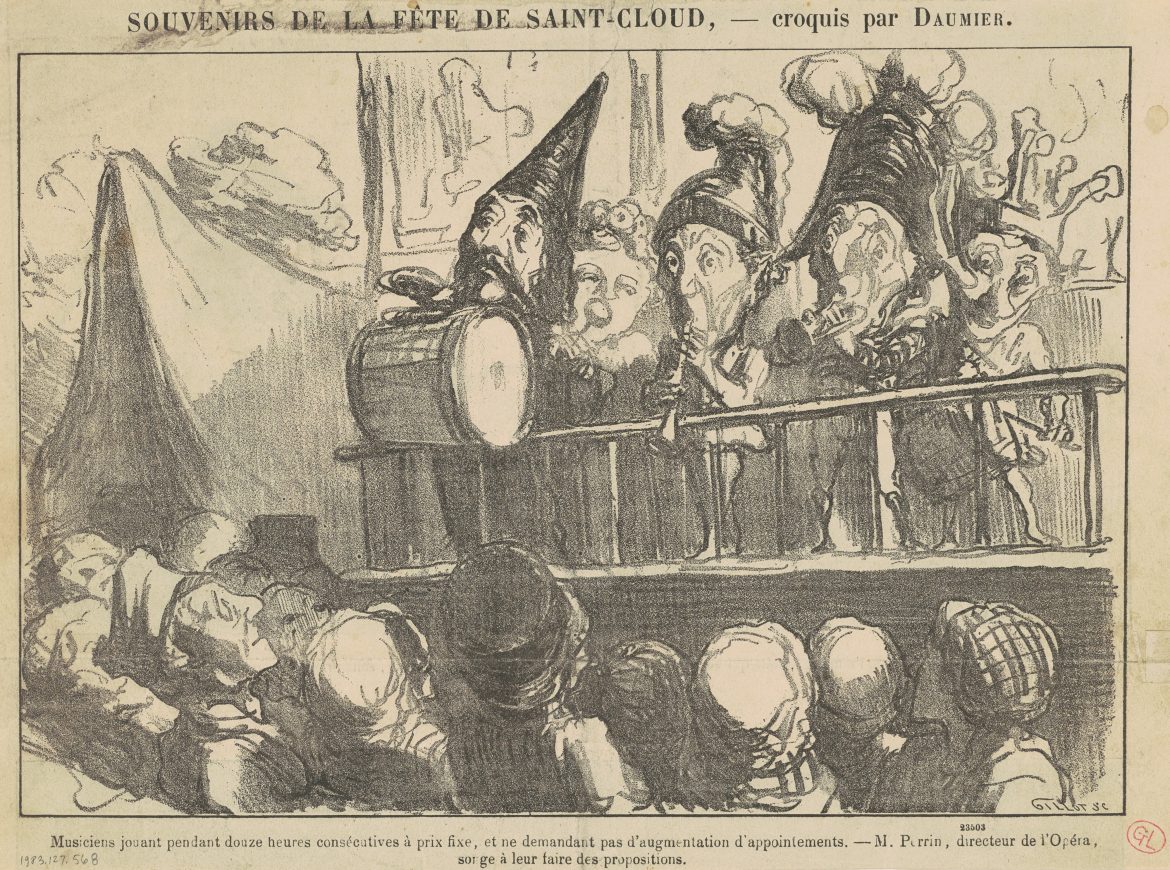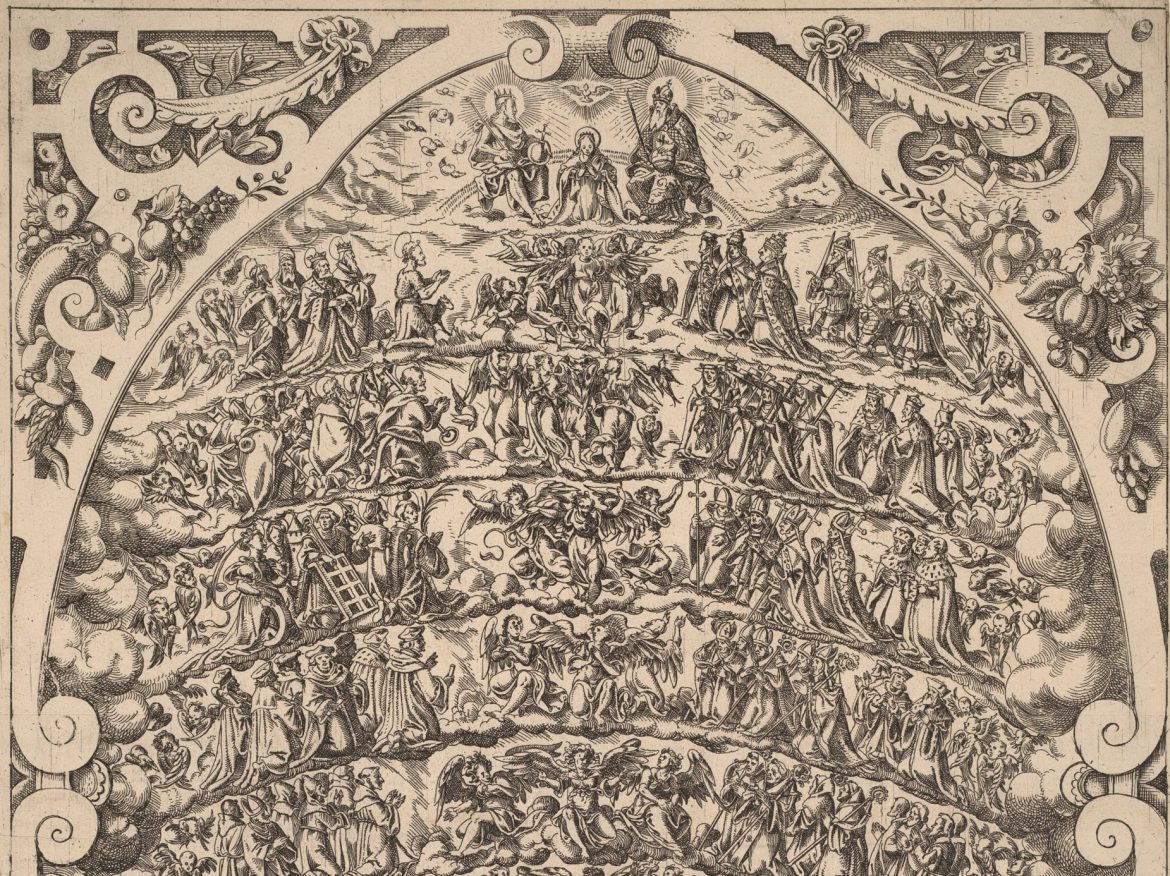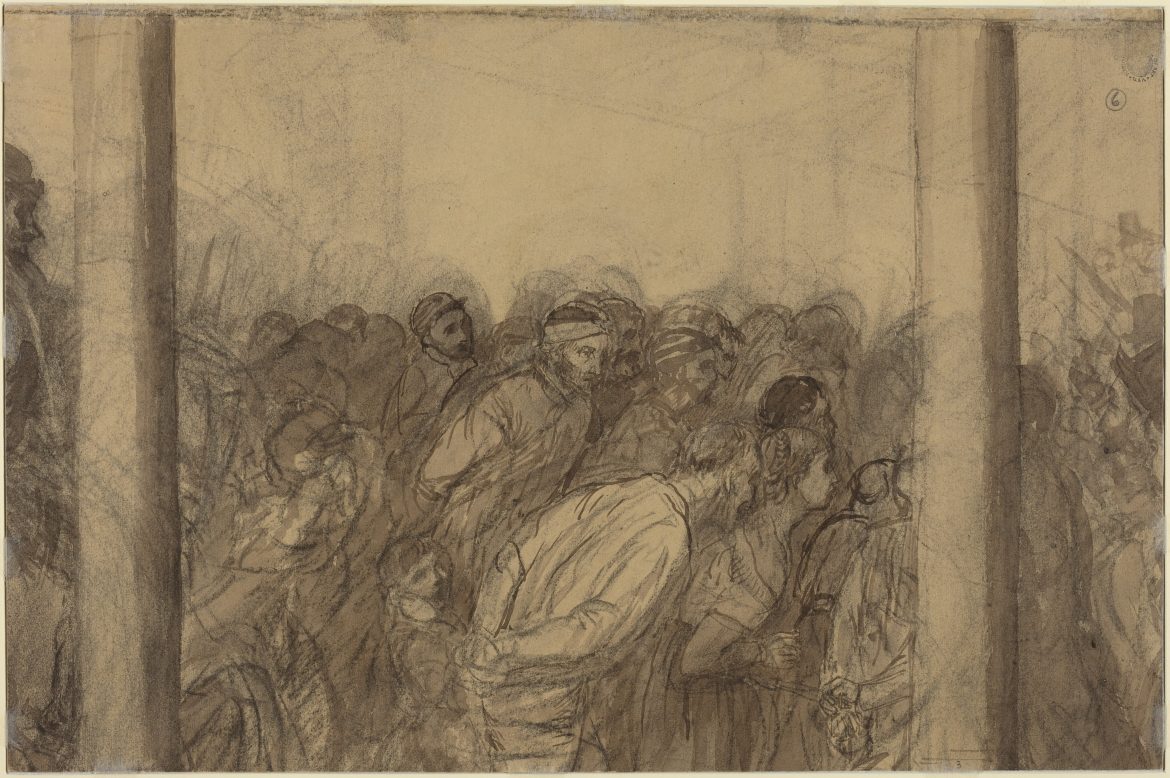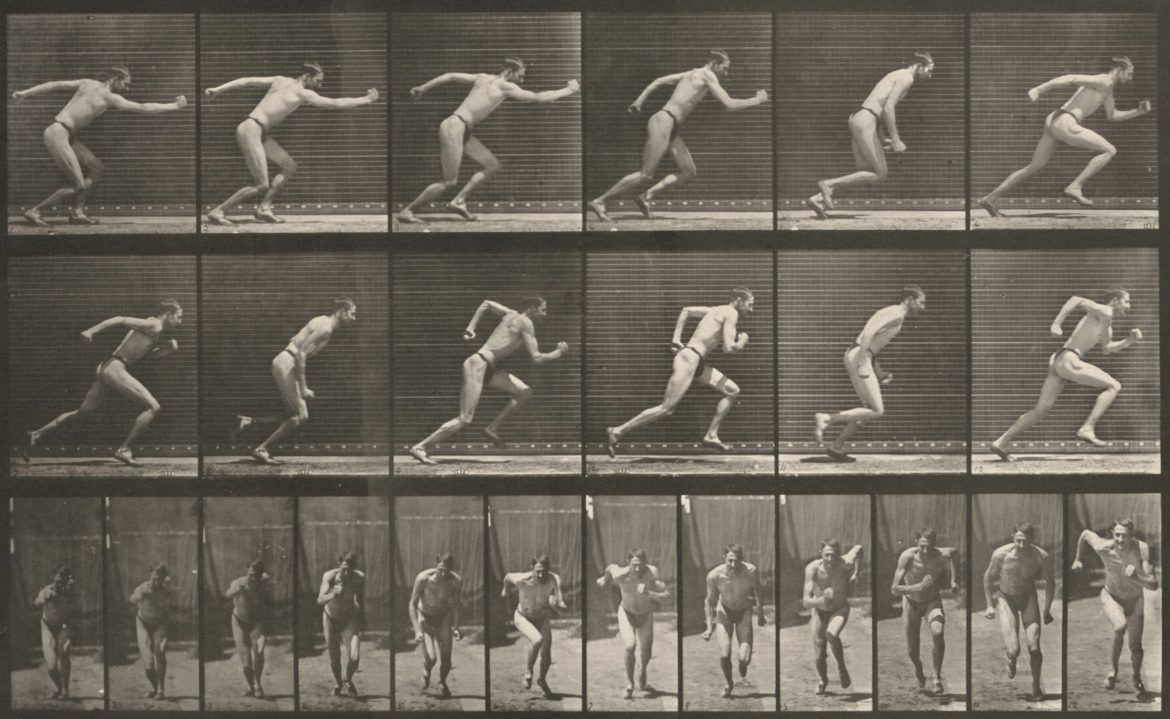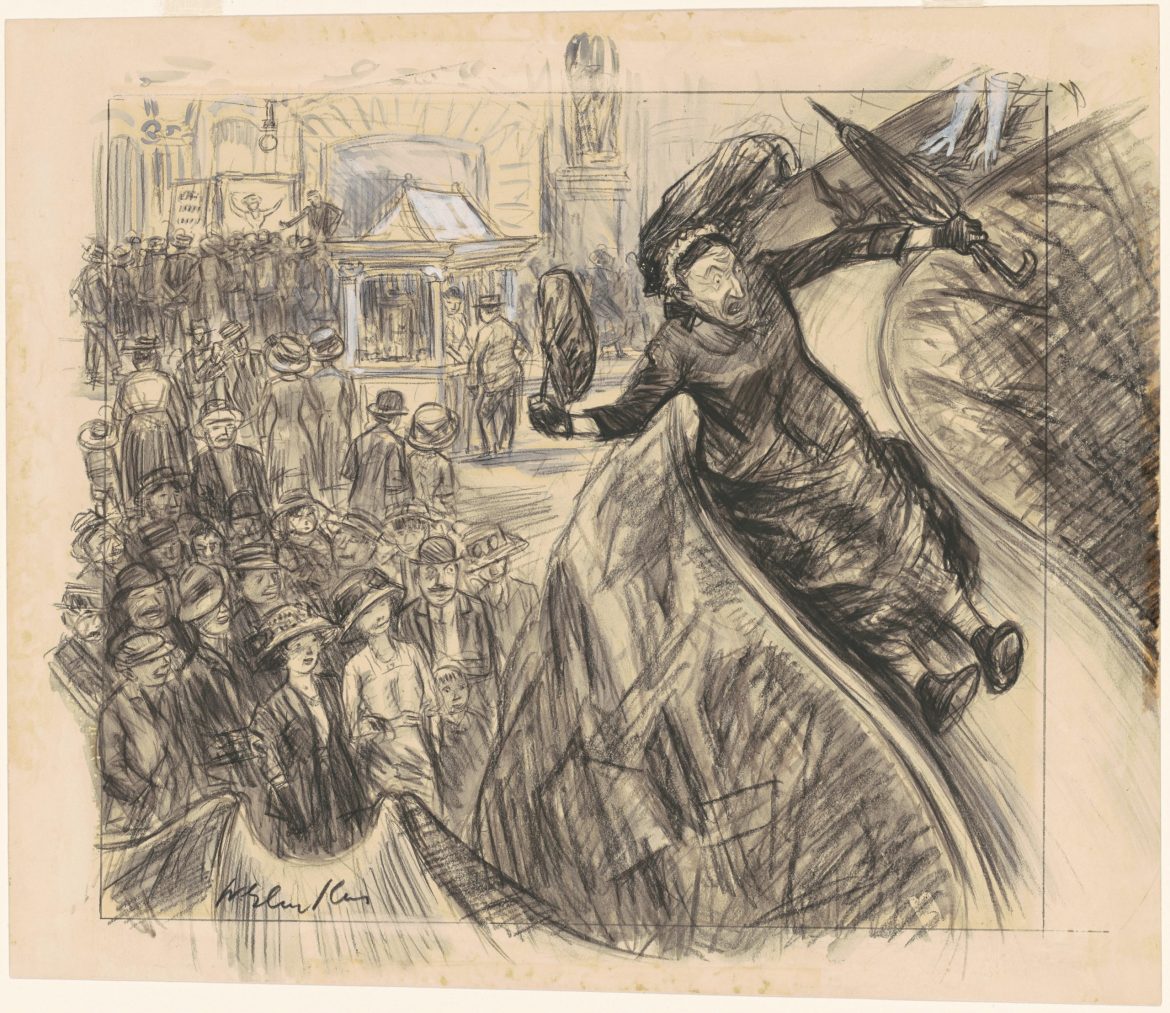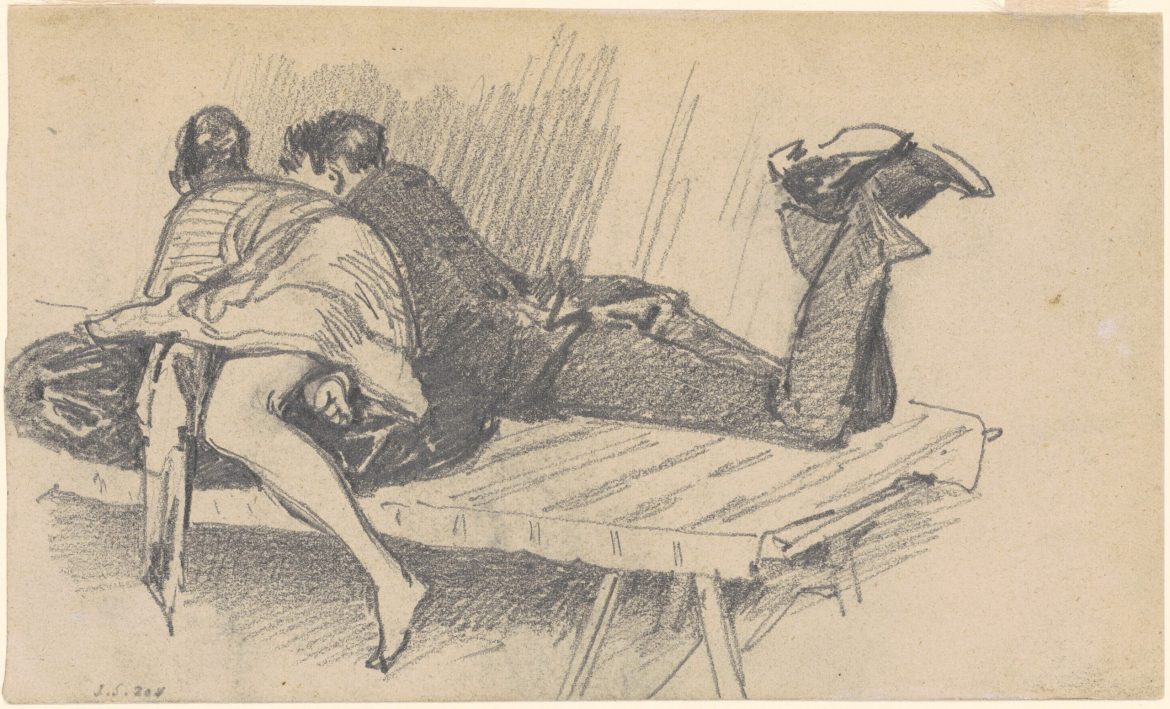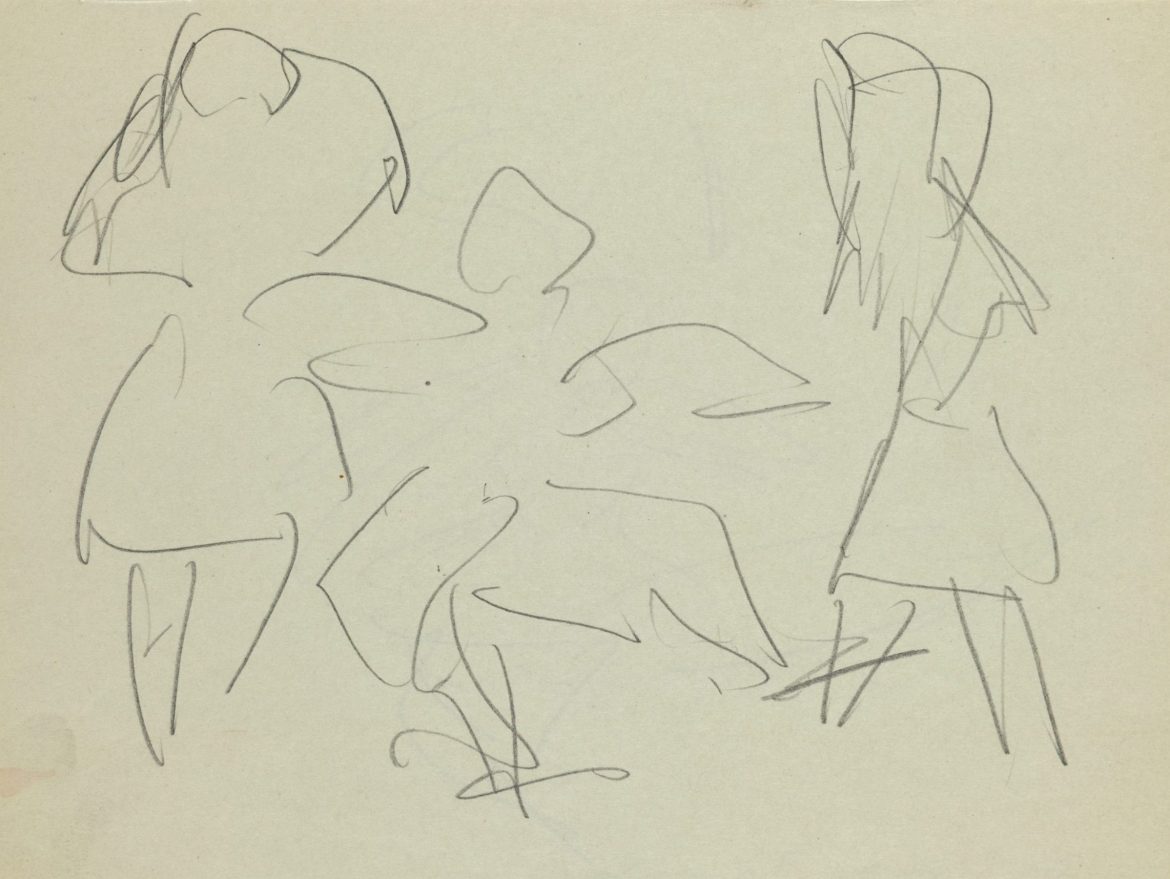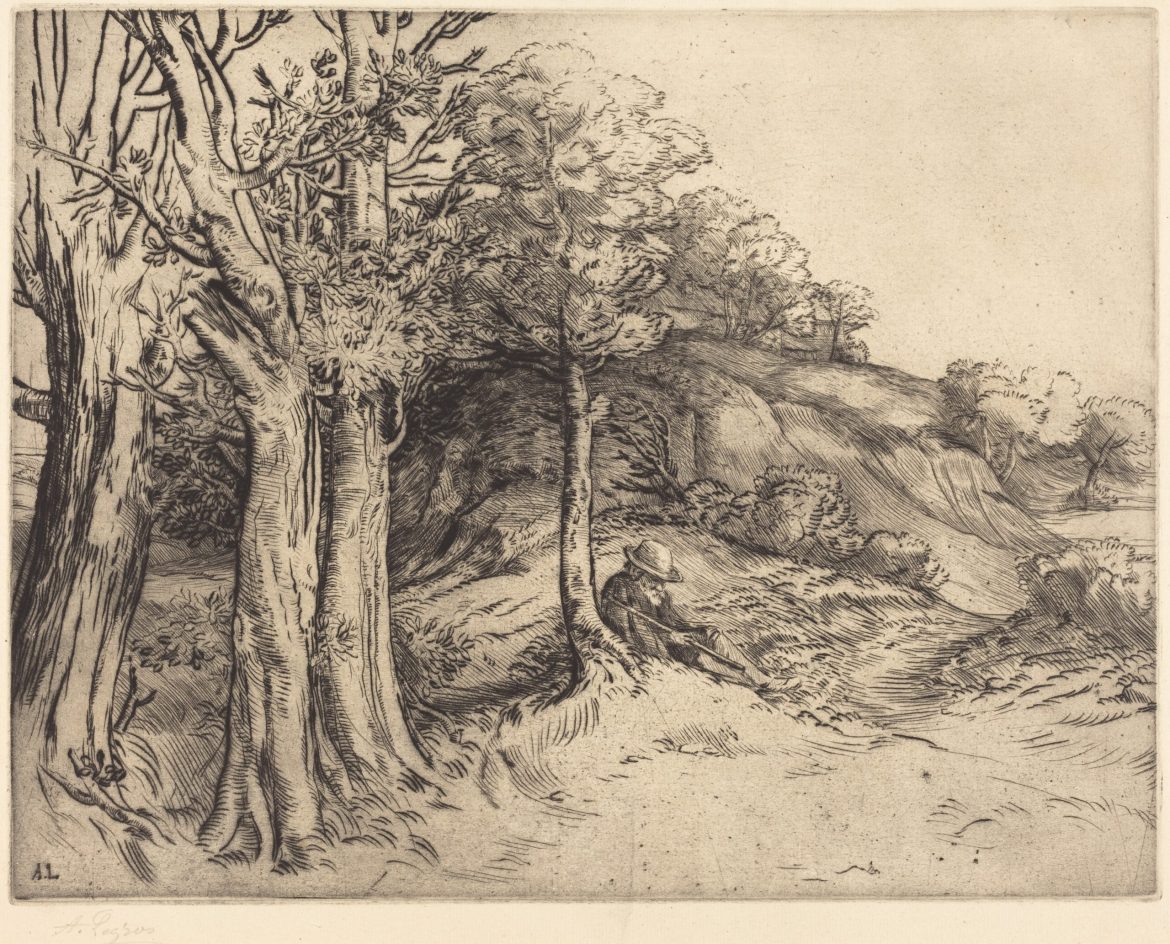upstagedpodep
The transformative power of the track “Respite” from the album “A Friend in the Dark” is explored. This piece has evolved significantly in meaning for its creator, both personally and musically, from its inception to subsequent listens.
Initially, the track marked a departure from traditional chordal structures, embracing a linear approach to composition. This shift allowed for a more intuitive and freeing creative process, moving away from conventional rules about chord progressions and melodic fits.
However, the deeper significance of “Respite” lies in the context of its creation. During a tumultuous period, following a Parkinson’s diagnosis and grappling with the challenges of a new reality, music became a sanctuary. The choice to feature a mandolin in the piece was deeply personal, inspired by the sound of the instrument played by a loved one at home. The mandolin, associated with comfort and safety, provided a sense of calm amidst the chaos.
The narrative touches on the intense forearm pain experienced before the official diagnosis, impacting daily activities like typing and playing the piano. This symptom, coupled with the uncertainty and frustration of seeking a correct diagnosis, framed the emotional backdrop against which “Respite” was composed.
The mandolin, learned by a family member during this period, symbolized solace and a connection to happier, simpler times. The sound of the mandolin through the thin apartment door after a hard day became a beacon of comfort. This instrument was chosen over others for its personal resonance, adding a layer of emotional depth to the track.
The episode delves into the importance of lifelong learning and the continuous quest for new experiences and knowledge. This philosophy, integral to the creator’s life, underscores the transformative impact of music and learning. The integration of various life experiences, from professional challenges to personal milestones, shapes the present self, as discussed in the companion project, “No Other Life.”
As the episode concludes, listeners are encouraged to reflect on their own journeys and the elements that bring comfort and meaning to their lives. The mandolin’s entrance in “Respite” serves as a poignant reminder of resilience and the beauty found in unexpected moments.
The creative journey behind the album “A Friend in the Dark” is explored. The discussion begins with reflections on previous unreleased albums and the lessons learned from their creation. The evolution from an overwhelming “kitchen sink” approach, where every possible instrument and sound was used, to a more refined and cohesive sound is detailed. This transition highlights the importance of having a focused musical palette, exemplified by the album “Another Town,” which used a specific set of instruments to maintain consistency across tracks.
The centerpiece of this episode is the track “Respite,” originally intended to be the concluding piece of an experimental EP. This track stands out for its innovative use of elements from other pieces within the same project. The piano part, which is original to this track, serves as the main instrument, while other parts are sourced from different compositions, challenging the norm of musical cohesion by blending various keys and instrumentations. This creative process draws inspiration from Renaissance composers who prioritized melodic interplay over harmonic structures.
A deeper dive into the technical aspects reveals a fascination with unsung, or unheralded, parts of music—those background elements that often go unnoticed but are crucial to the overall texture. By repurposing these parts and experimenting with their placement, a unique and harmonious piece was crafted. The intricate process of fitting these elements together, adjusting their pitches, and finding the right balance is described in detail, showcasing the meticulous effort involved in achieving a sonorous and cohesive sound.
Listeners are treated to the full playthrough of “Respite,” the final track on the album “A Friend in the Dark.” This piece encapsulates the culmination of the experimental journey, blending various musical elements into a harmonious whole. The episode promises further insights into the creative process in upcoming episodes, inviting listeners to subscribe and stay tuned for more.
In this episode of Upstaged, titled “Time Out,” Rick Seaholm shares the story and significance behind the track “Canopy” from the album “Naki’s Woods.” The episode delves into the personal memories and inspirations that shaped this piece, reflecting on themes of nature, childhood, and moments of comfort and relaxation.
Rick begins by reminiscing about his childhood, specifically a screen house set up in the backyard where he spent countless hours. This screen house, with its unique splayed legs, allowed him to lie on old army cots and gaze up at the layers of leaves and sky, evoking a sense of being immersed in nature while still protected from the elements.
He recalls how this safe haven, placed at the far end of the property away from the road, provided a retreat from the constant anxiety and fear that permeated his upbringing. Despite these fears, the screen house became a beloved space where he read books, particularly those by Michael Crichton, and found a rare sense of relaxation and peace.
Rick draws parallels between the literal canopy of leaves and the symbolic canopy of comfort and protection it provided. This imagery of a comforting canopy translates into the musical journey of the track “Canopy,” which is designed to evoke the sensation of moving from the forest floor upward, through the layers of leaves, and into the sky.
He reflects on the seasonal significance of spring, a time of renewal and anticipation, particularly poignant as his birthday falls around this period. The vibrant colors and unique atmosphere of spring showers in New England add to the emotional depth of his memories and the music he creates.
The track “Canopy” itself is a crescendo, building gradually to mirror the journey from the ground to the treetops. It is connected thematically to another track on the album, “Fledgling,” which depicts a small bird learning to fly and ascending into the sky. These two tracks together encapsulate the themes of growth, exploration, and the comfort found in nature.
Rick encourages listeners to let their minds drift to times and places that bring them comfort as they listen to “Canopy.” The piece is meant to evoke feelings of warmth, protection, and being enveloped by the natural world.
The discussion centers around the personal journey of preserving one’s voice amidst living with Parkinson’s disease. The episode delves into the challenges many with Parkinson’s face, such as reduced vocal strength, and the significant steps taken to combat these issues, including involvement with the Parkinson Voice Project. This initiative provides valuable tools and techniques to maintain vocal abilities, crucial for roles in podcasting and teleconferencing.
The episode emphasizes the importance of self-advocacy, recounting experiences at Boston University’s commencement ceremonies. There is a vivid description of the apprehensions about the physically demanding nature of the event and how these were overcome by speaking up for personal needs. Through a simple but impactful email, a role that suited personal strengths was requested, illustrating the power and necessity of advocating for oneself.
An anecdote about a mother standing up for herself is shared, drawing parallels to the journey of self-advocacy. This episode underscores the significance of asking for support and making one’s needs known, fostering a sense of empowerment and self-respect.
Intertwined with the narrative is a piece from the album “Bluewing,” highlighting the emotional and cathartic process of creating music that resonates with personal experiences.
In this poignant episode titled “Green Light,” the host delves into the intricate process of creative expression, drawing parallels between the desire to share one’s innermost thoughts and the struggle to overcome self-imposed barriers. Reflecting on his own journey as a composer, he shares candid insights into the moments of uncertainty and hesitation that often accompany artistic pursuits. Through anecdotes from his time navigating the challenges of the pandemic, he illustrates the power of creativity as a means of connection and resilience in times of isolation.
With heartfelt sincerity, the host recounts his passion for music and his aspirations to make a meaningful contribution to the world of composition. Despite facing internal resistance and doubts about his abilities, he recalls pivotal moments where he found inspiration and courage to take the next step in his creative journey. From experimenting with remote collaborations to revisiting his love for New Age music and film soundtracks, he describes the diverse influences that have shaped his musical identity.
As the narrative unfolds, the host shares the pivotal moment when he made the decision to release his first piece of music, marking a significant turning point in his artistic evolution. Through introspective reflection, he acknowledges the transformative impact of embracing vulnerability and allowing himself to be guided by the “green light” of creative permission. With each candid revelation, he invites listeners to join him on a journey of self-discovery and artistic exploration, emphasizing the importance of authenticity and intentionality in the creative process.
In conclusion, the episode serves as a poignant reminder of the transformative power of creativity and the profound impact of embracing vulnerability in the pursuit of artistic expression. Through personal anecdotes and heartfelt reflections, the host offers a glimpse into the intricacies of his creative journey, inspiring listeners to overcome their own fears and doubts and to embrace the “green light” of possibility and growth.
Moments of youthful innocence often offer profound insights into the nature of authenticity and honesty. As we journey through the ups and downs of life, we find ourselves navigating a complex web of social expectations and self-imposed masks, concealing our true thoughts and emotions behind a facade of conformity. Yet, there still exist beautiful moments of unfiltered honesty and openness inherent in the innocence of youth if we only seek them out.
In the track “Björnunge” from my album Naki’s Woods, we are transported into a world of boundless curiosity and unbridled enthusiasm—a world inhabited by playful baby bears exploring the wonders of their surroundings with unassuming wonder. As we observe these young cubs frolicking amidst the towering trees of the forest, we are reminded of the purity of their intentions—their unabashed embrace of life’s simple pleasures without the burden of societal expectations weighing them down.
For the young bear, every experience is a new adventure—an opportunity to learn, grow, and discover the world around her without inhibition or restraint. Whether climbing a log, chasing a fleeting butterfly, or simply basking in the warmth of the sun, each moment is infused with a sense of unbridled joy—a reminder of the inherent beauty of living in the present moment.
From an early age, we are taught to conform to societal norms—to wear masks that shield us from the prying eyes of judgment and criticism. Yet, in doing so, we sacrifice the authenticity and honesty that define our true essence.
As we journey through life, it is easy to lose sight of our authentic selves—to succumb to the pressures of conformity and societal expectations. Yet, in embracing the lessons of youthful folly, we are reminded of the transformative power of honesty and openness—the ability to strip away the layers of pretense and reveal our true selves to the world.
The journey through life often presents unexpected twists and turns, challenging us to confront complacency and embrace the beauty of each moment. In a heartfelt reflection captured in a recent dialogue, the speaker delves into the nuances of complacency, drawing upon personal experiences and poignant insights to illuminate its profound impact on our lives.
At the heart of the discussion lies a poignant piece titled “Drift,” nestled within the evocative notes of an album titled “Blue Wing.” Through the lens of this composition, the speaker invites listeners to contemplate the subtle yet powerful manifestations of complacency within relationships and life’s broader tapestry. It’s a narrative woven with introspection, resonating with anyone who has ever felt the subtle pull of inertia in their own journey.
With candor and vulnerability, the speaker shares reflections on navigating complacency amidst the backdrop of a Parkinson’s diagnosis. Through this lens, complacency emerges as not merely a state of mind but a formidable adversary, one that requires constant vigilance and adaptation. In this dance with uncertainty, the speaker unveils a profound truth: that true resilience lies in embracing each moment with awareness and gratitude.
The discourse takes an intimate turn as the speaker recounts a personal brush with adversity, navigating the labyrinthine challenges of COVID-19 alongside a beloved partner. It’s a testament to the transformative power of hardship, illuminating the fragility of life and the resilience of the human spirit. Through adversity, they discover a renewed appreciation for the simple joys of togetherness, a poignant reminder of life’s fleeting beauty.
In the eloquent prose of the speaker, there emerges a clarion call to embrace life with intentionality and presence. Each word resonates with a sense of urgency, urging listeners to seize the day and savor the sensory experiences that enrich their lives. It’s a poignant reminder that life’s greatest treasures often lie in the moments we take for granted, waiting to be discovered amidst the tapestry of everyday existence.
As the dialogue draws to a close, the speaker leaves us with a timeless invitation: to participate fully in the grand improvisation of life. It’s a call to action, a gentle reminder that each of us possesses the power to shape our own narrative and share our unique gifts with the world. In the symphony of existence, may we all heed the wisdom of the speaker and embrace the grandeur of life’s unfolding journey.
As I navigate life with Parkinson’s disease, one of the most startling experiences I encounter regularly is the sensation that wakes me from sleep. It’s difficult to put into words, but it feels like a faint electric shock in my sternum, almost like an internal alarm clock. Some refer to it as an internal tremor, and while it’s unsettling at first, I’ve come to recognize it as a signal to start my day.
As I composed a particular piece of music, I unintentionally captured the essence of my daily routine with Parkinson’s. The music reflects the journey from the initial tremor to the gradual easing of symptoms as medication takes effect. It’s a reminder of the importance of routine in managing the condition and reclaiming a sense of normalcy.
In the piece, the repetitive theme at the beginning mirrors the monotony and rigidity I often feel upon waking, before medication kicks in. But as the music progresses, there’s a noticeable shift—a sense of grace and fluidity that comes with the medication’s effects. It’s almost like a dance, a deliberate and intentional movement to navigate through the challenges of Parkinson’s.
This notion of movement and intentionality is central to my approach to living with Parkinson’s. I’ve learned that embracing the condition, rather than fighting against it, can lead to a better experience. It’s akin to the principles of Eurythmics, where every movement becomes a part of a larger dance, a ritual of motion that encompasses the entire body.
My daily routine revolves around managing symptoms and maximizing my well-being. From timing medication doses to incorporating exercise and cognitive activities, every aspect of my day is carefully planned to optimize my quality of life. It’s a balancing act that requires diligence and commitment, but it’s essential for maintaining my independence and vitality.
However, despite my best efforts, there are moments of vulnerability and fatigue, especially as the day wears on. It’s during these times that I lean on the support of my loved ones, particularly my wife, who bears witness to both the triumphs and struggles of living with Parkinson’s.
Ultimately, my journey with Parkinson’s has taught me the importance of self-care and resilience. Each day presents new challenges, but by embracing routine and finding strength in community, I’m able to navigate through life with purpose and dignity.
Rick’s narrative delves into the intricate tapestry of life’s highs and lows, shedding light on the profound impact of human relationships amidst the ebb and flow of existence. The episode opens with a poignant moment on Easter Sunday, as Rick, immersed in conducting a church choir, receives an unexpected buzz from his phone. Uncertain about the urgency of the notification, he hesitates to check it, sensing an unease stirring within him. However, curiosity compels him to glance at the lock screen, revealing a message from his father bearing distressing news of a house fire involving his best friend. This jarring revelation serves as a catalyst for a wave of emotions, prompting Rick to grapple with the fragility of life and the unpredictability of fate.
As Rick navigates the aftermath of the devastating news, he reflects on the profound impact of his father’s friendship and the transformative power of human connection. The sudden loss of his father’s friend, a once solitary figure who found solace in his newfound companionship, underscores the inherent vulnerability of existence and the importance of cherishing meaningful relationships. Through introspective musings and poignant anecdotes, Rick pays tribute to the enduring bond between his father and his late friend, highlighting the profound resonance of their shared experiences and mutual support.
In crafting the evocative composition “Unready,” Rick channels his emotions into music, using haunting melodies and poignant instrumentation to express the complexities of grief and remembrance. The piece serves as a heartfelt tribute to his father’s friend and a poignant reminder of the enduring impact of their bond. Through the expressive power of music, Rick invites listeners to embark on a journey of reflection and healing, offering a space for catharsis and connection in the face of loss and uncertainty.
Ultimately, Rick’s poignant narrative underscores the universal themes of love, loss, and resilience, inviting listeners to contemplate the fragile beauty of human existence and the enduring power of art to illuminate the human experience. As the haunting notes of “Unready” reverberate through the air, Rick’s music becomes a testament to the enduring bonds of friendship and the profound depths of the human spirit, offering solace and hope in times of adversity.
- 1
- 2




